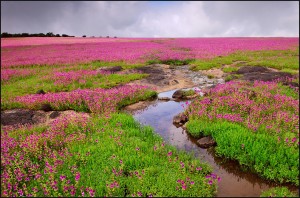 Carpets of flowers in all colors… purples, yellows, violets, whites, pink, blues, hues of greens and browns. Rains and magical mists that swallow up the landscape one moment and cool breeze that rub it away to reveal marvelous dazzle of colors spread out in an expansive plain. This awaits you at Kaas, the Plateau of Flowers in the Western Ghats.
Carpets of flowers in all colors… purples, yellows, violets, whites, pink, blues, hues of greens and browns. Rains and magical mists that swallow up the landscape one moment and cool breeze that rub it away to reveal marvelous dazzle of colors spread out in an expansive plain. This awaits you at Kaas, the Plateau of Flowers in the Western Ghats.
About 25 kilometres away from Satara in the state of Maharashtra lies Kaas, a Plateau formed of lateritic rock, with an ecosystem so unique that the UNESCO (United Nations Education, Scientific and Cultural Organization’s) has declared it as a World Heritage Site. The plateau is at a height of about 1200 metres above sea level and is spread over an area of about 17.92 square kilometres.
Best time to visit
Timing is crucial if you wish to see Kaas in all its natural splendour. The best time to visit is mid-September although the flowering starts from mid-August and lasts until October.
When I visited the plateau on 18th August, it was a bit of a disappointment as the carpets of flowers that I had visualized and seen online had not yet bloomed. Nonetheless, the mesmerizing landscapes more than made up for the lack of flowers.
How to get there
The Plateau is at a distance of about 25 kilometres from Satara. Local buses and private tourist vehicles are available to ferry people from the city to the plateau.
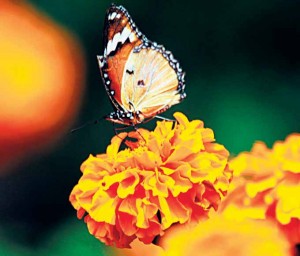 The Plateau of Flowers
The Plateau of Flowers
Every year during and after the monsoon season, the whole of Kaas comes alive with millions of wild flowers and plants many of which are endemic to Kaas and can only be found here. According to Dr. Sandeep Shrotri (author of the book Kaas — Plateau of Flowers and president of the NGO Ranwata Society, Satara), Kaas and the nearby Koyna area is home to about 1,500 types of plants – 156 botanical families, 680 genera, 1452 species, 400 medicinal plants, and about 33 endangered varieties. More than 450 species of wild flowers bloom in and after monsoon season and most of them are endemic herbs.
During the flowering season, after every ten days, you can expect to see a new carpet of flowers at the plateau. There are also several endemic species of freshwater fishes, amphibians and reptiles that have made Kaas their home. Besides the flora and fauna, you are also in for visual treat with respect to the landscape. The mountains and the valleys covered with the monsoon green and the mist and the rains are guaranteed to take your breath away.
At the time of my visit, the flowers that had just begun to bloom included,
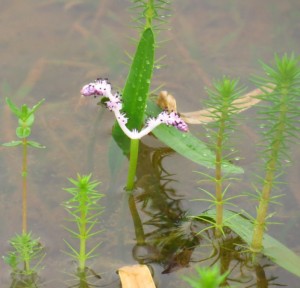
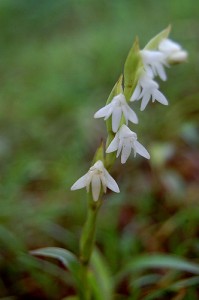
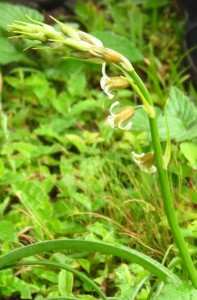
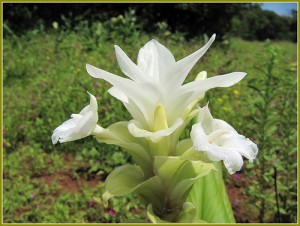
Some other flowers commonly found there include the Smithia Hirsute (Mickey Mouse flower), Senecio Grahami, Impatiens Oppositifolia, Impatiens Lawii , Cyanotis Tuberosa, Pinda concanensis, and insectivorous ones like the Utricularia Purpurascens and the Drosero India, etc.
Besides the flowers, I was lucky enough to catch sight of an enormous Bull Frog, a caterpillar and an amazing leaf bug.
Preserving the Rarity
The Kaas ecosystem consists of lateritic rock covered by a thin layer of soil. It is a unique environment which is not found at any other place and hence the flora and the fauna of the region are unique and endemic to the region.
33 to 38 species of plants found at the Kaas plateau have been included in the red-list by the International Union for Conservation of Nature (IUCN). There are many herbs found here which have high medicinal value and hence need to be protected. The gene pool of these rare plants also needs protection for future research.
But till recently this popular tourist destination has faced repeated abuse from local tourists.
Treading the Wrong Path
Everyday lakhs make their way to Kaas and until very recently the flower beds were treated as convenient picnic spots where visitors lay their rugs and feasted trampling the precious flower. Tourists were littering the place with paper, plastic bottles, wrappers, food leftovers etc. Even vehicles were allowed on the plateau and on flower beds, thereby crushing the dormant seeds and destroying the flora of the region.
The traffic and noise and air pollution caused by the tourist vehicles has taken a toll on the plateau. With lack of general awareness the endangered and rare plants and flowers were being pluck irrationally and collected as specimens.
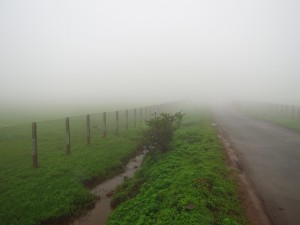 Preservation and Protection
Preservation and Protection
Fortunately Kaas plateau was recently declared as a World Heritage Site and this has prompted the local authorities to take some strict measures.
Vehicles are no longer allowed on the flower beds. Visitors now need to take a pass to enter the area and littering is slowly being brought under control. A fence has been created on either side of the Kaas road thereby restricting the people from carelessly entering the flower beds and destroying the plants. There is gap of 10 metres in the fencing after every kilometre which is opened during night time to facilitate wildlife movement.
Earlier, every year between August and October, the number of tourists to Kaas reached to about 50,000 people a day during holidays. Now the government has restricted the number of visitors to Kaas to only 2000 tourists per day.
Travel tips
– The flowering season starts by the mid-August and ends by October, so do make sure that your trip dates are appropriate. Sometimes if the monsoons are late, the blooming also occurs late, so it would be helpful to keep a tab on the weather and rainfall at Kaas while planning the trip.
– The Plateau is subject to rains and chilly breezes and mists during the flowering season and so do carry proper rain gear.
– A book on the flowers of Kaas will come in handy to help you identify the flowers and know more about them.
– Don’t forget the camera.
– Wear proper shoes, since the rocks are slippery because of the monsoon.
– Do carry a torch incase you are visiting the Plateau during the evening.
– Do not forget to carry a mosquito repellent.
– Do not litter and do not pick the flowers or collect specimens.
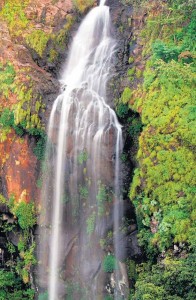 Other Places near Kaas
Other Places near Kaas
Besides the plateau, you can visit the Kaas Lake which is a very scenic spot nearby.
While at Kaas one can also visit and catch a glimpse of the majestic Thoseghar Waterfalls, which is a mere 20 kilometres away from Satara. There is platform constructed from where you can watch the beautiful 1000 feet waterfall during the rainy season.
Another place worth visiting is Chalkewadi which is a Wind mill project just 24 kms away from Satara. The Wind mills use the power of the breeze to generate electricity and Satara is called the ‘District of Power’ because of this Project.
Unfortunately, due to lack of time, I had to skip Chalkewadi this time, but it is definitely on the list for next time. Till then…keep eco-travelling….
More Related Stories,
10 Endangered Species and Where to Find them in India
Interesting Facts About India’s Only Apes Hoolock Gibbons
Vanishing Butterflies could Mean a Vanishing Planet
Image Courtesy naturelyrics, jayeshgp912, synonymous1, Mid-day and Shilpi Gemawat


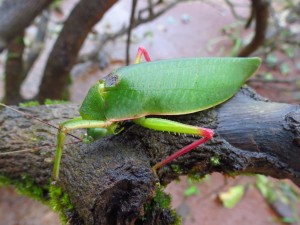

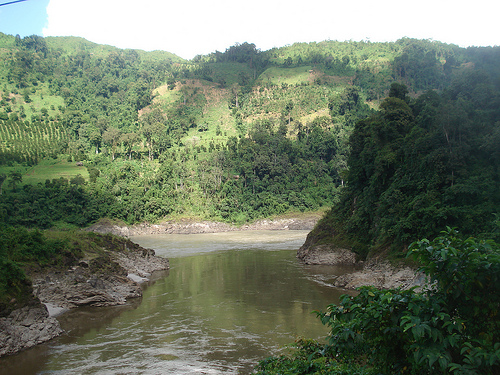

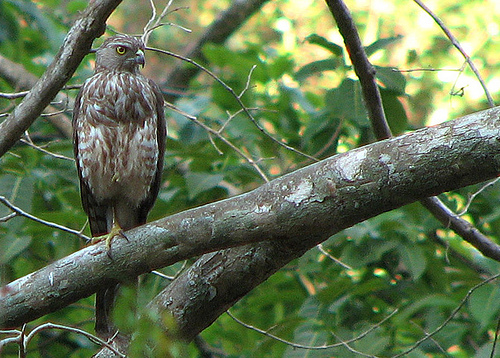
Nice Article..
Thanks Atul.